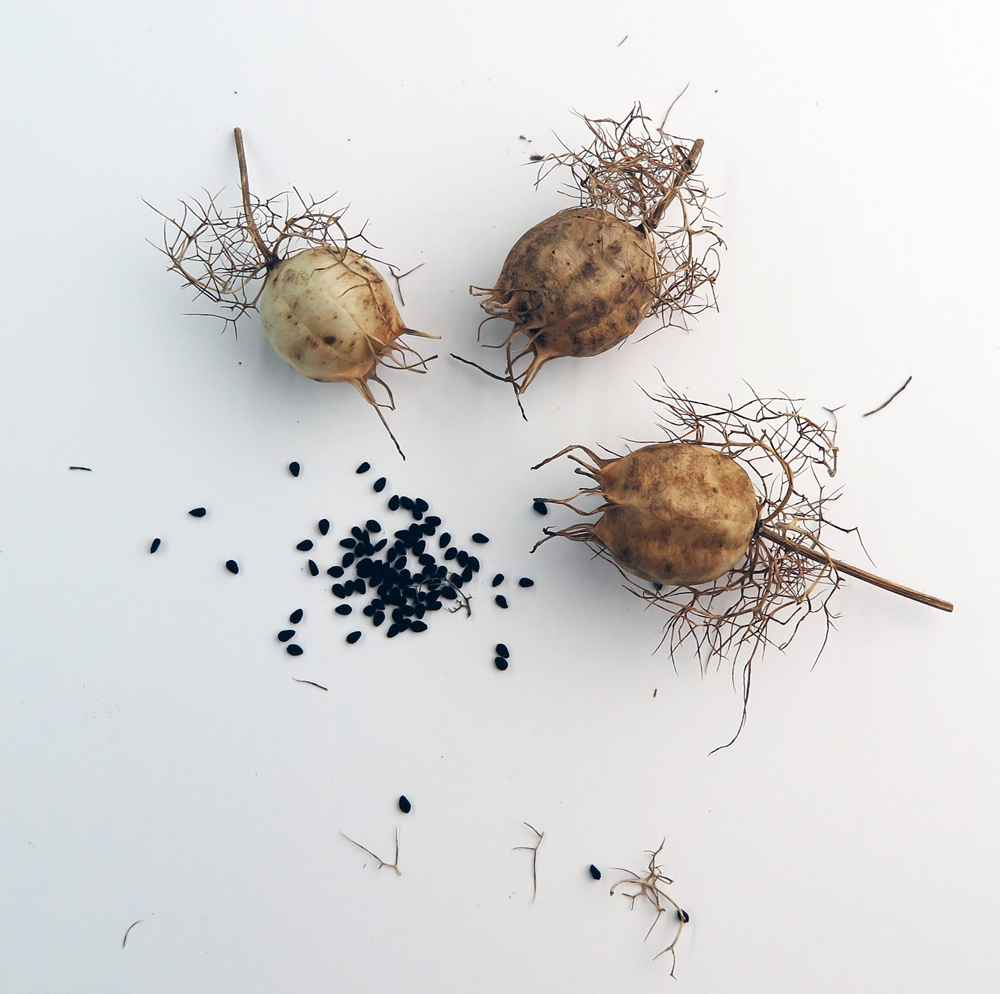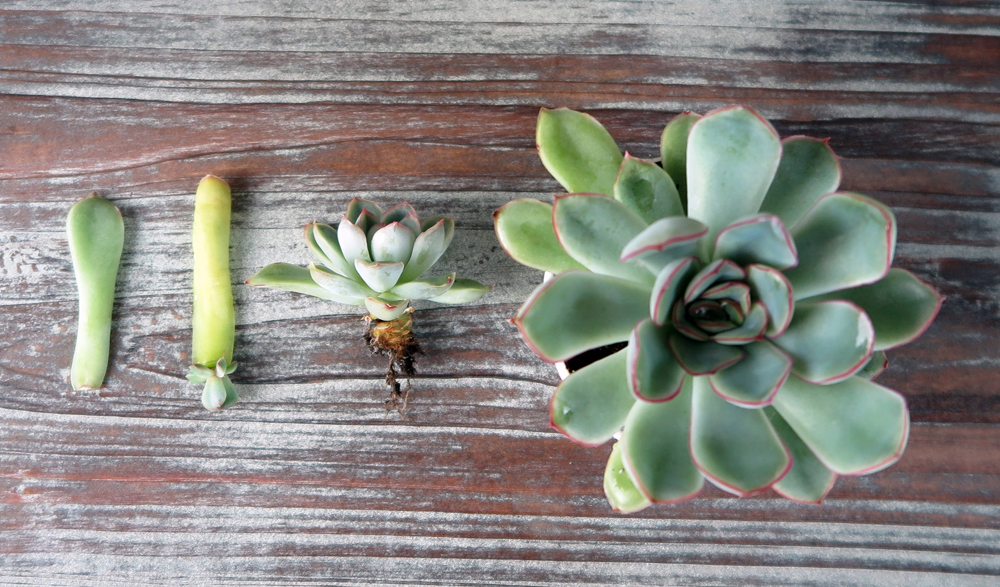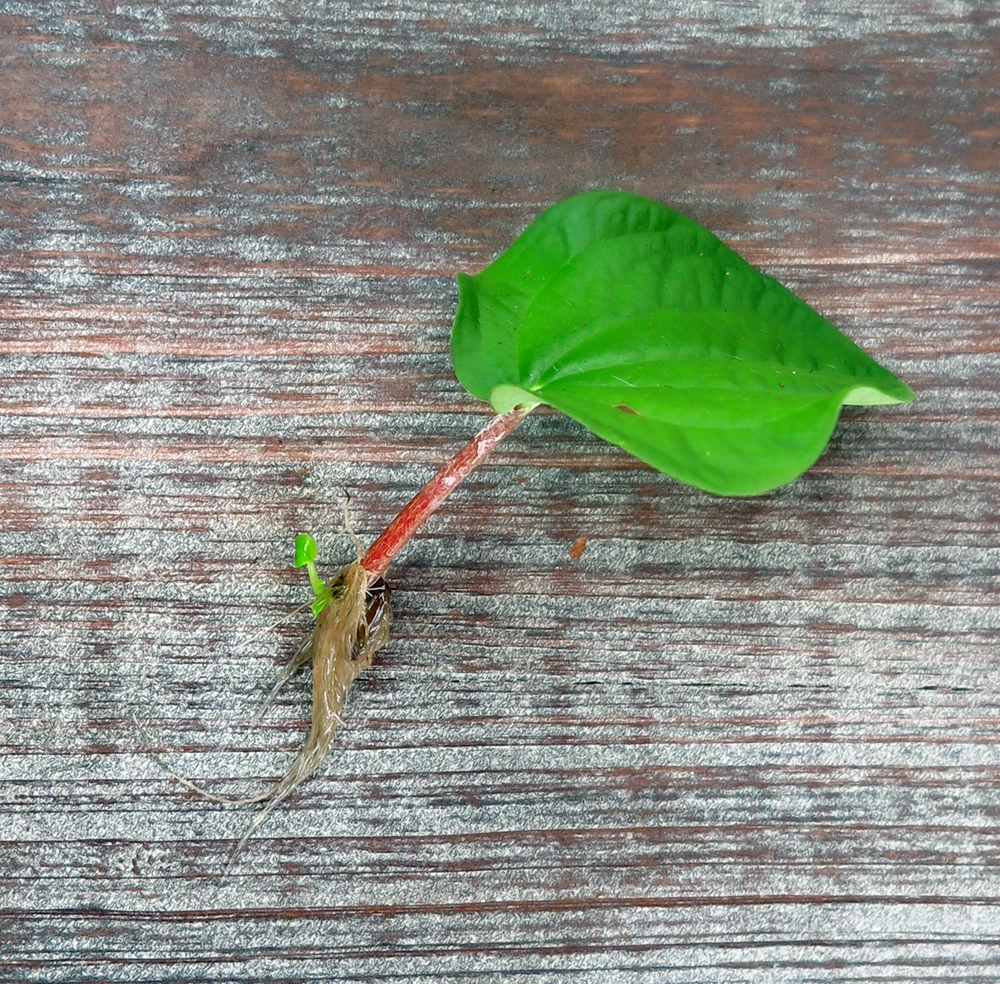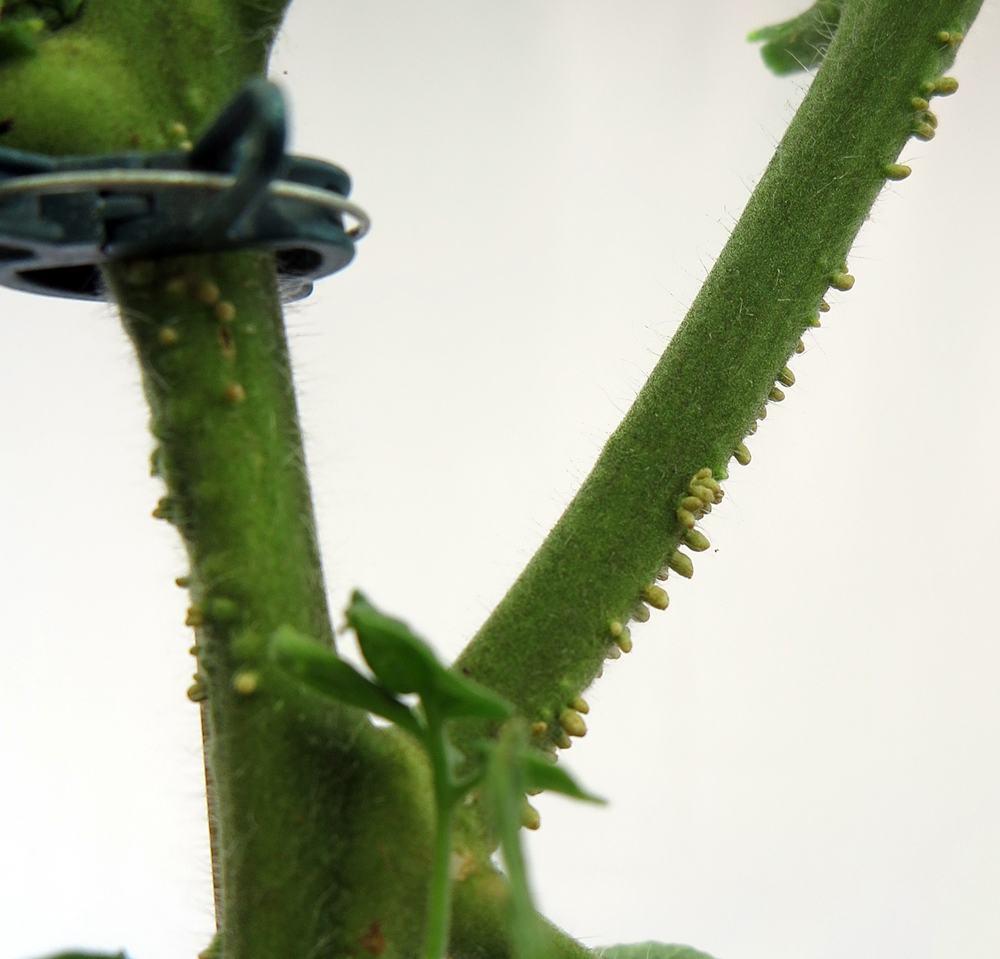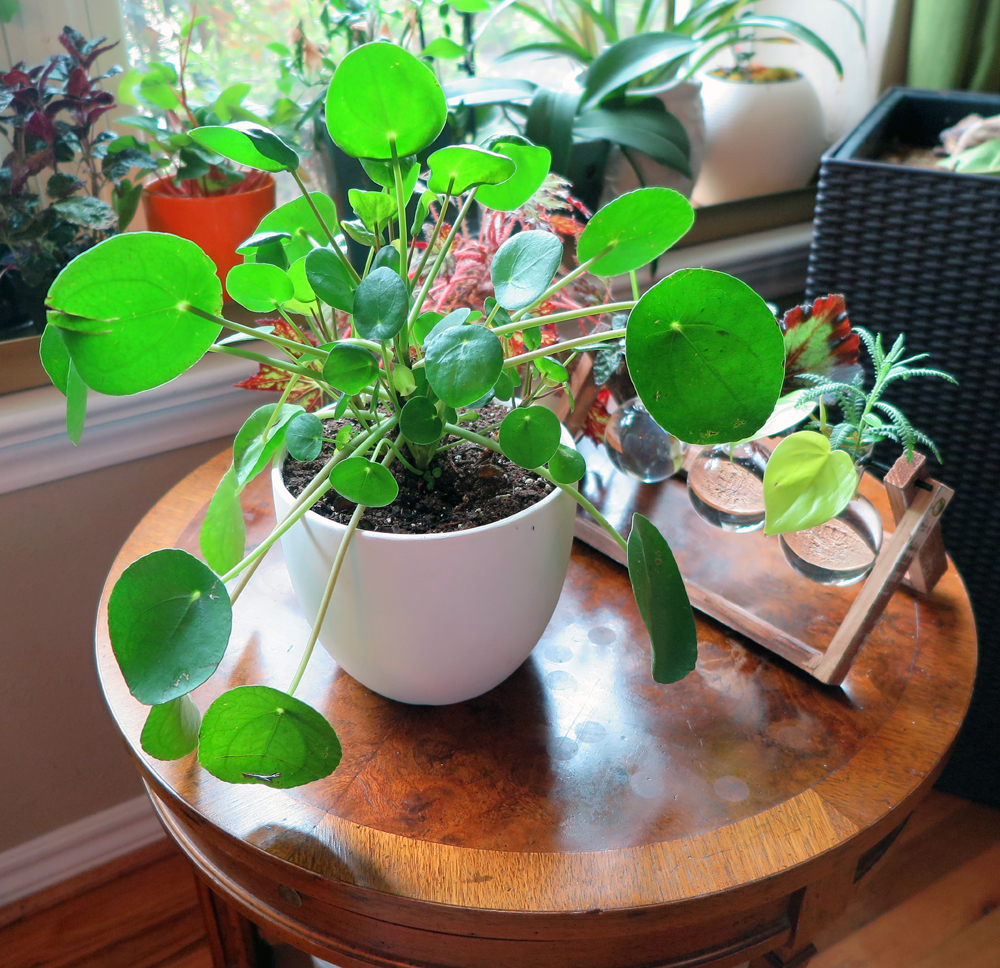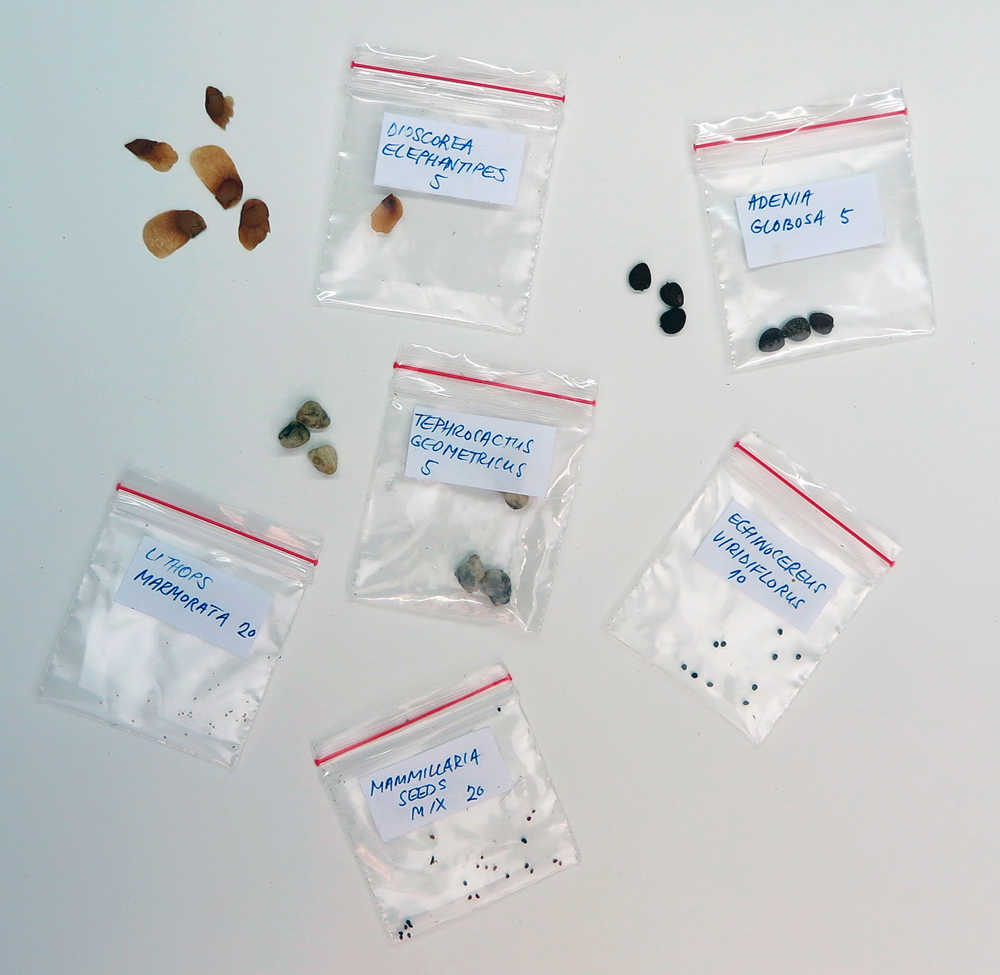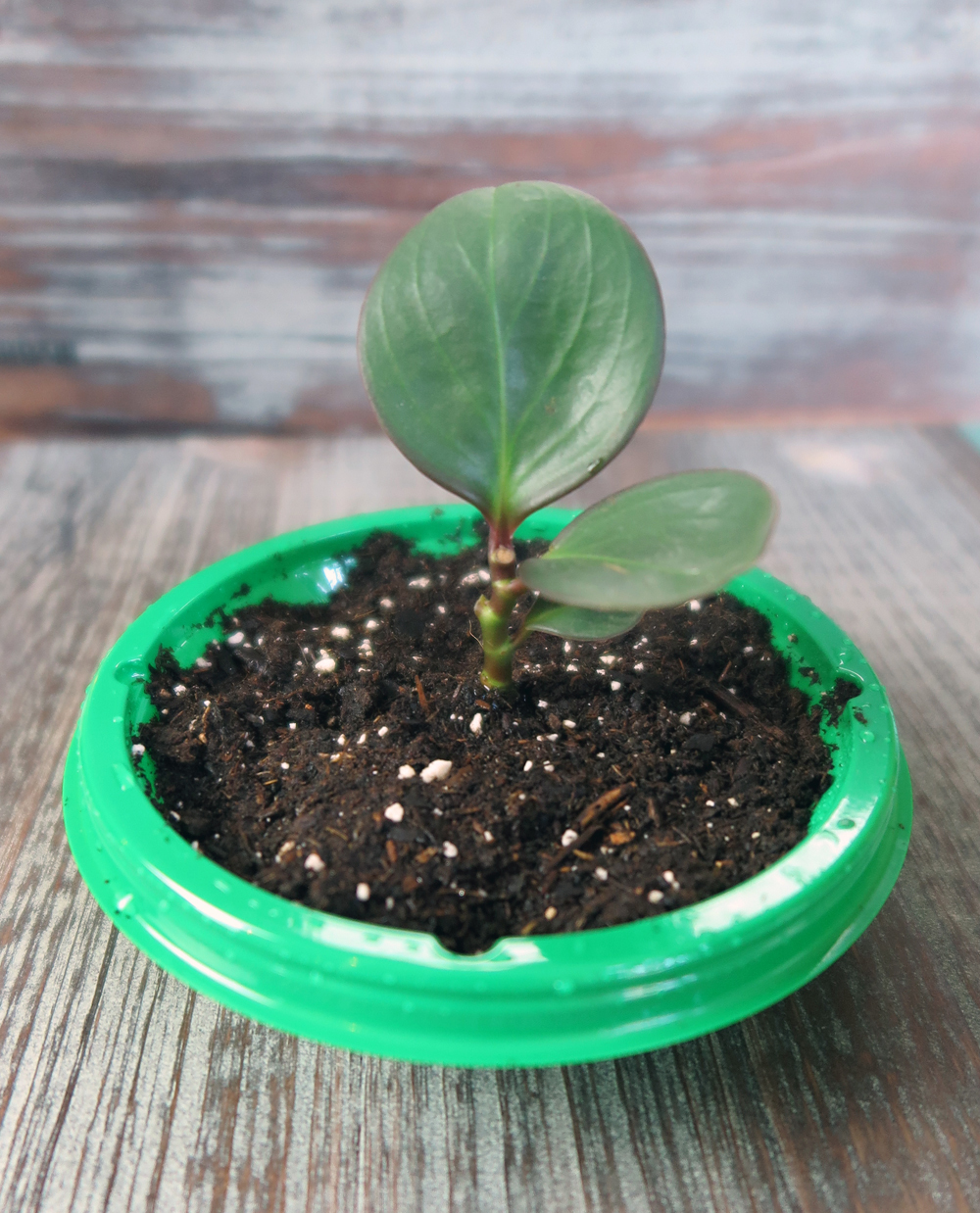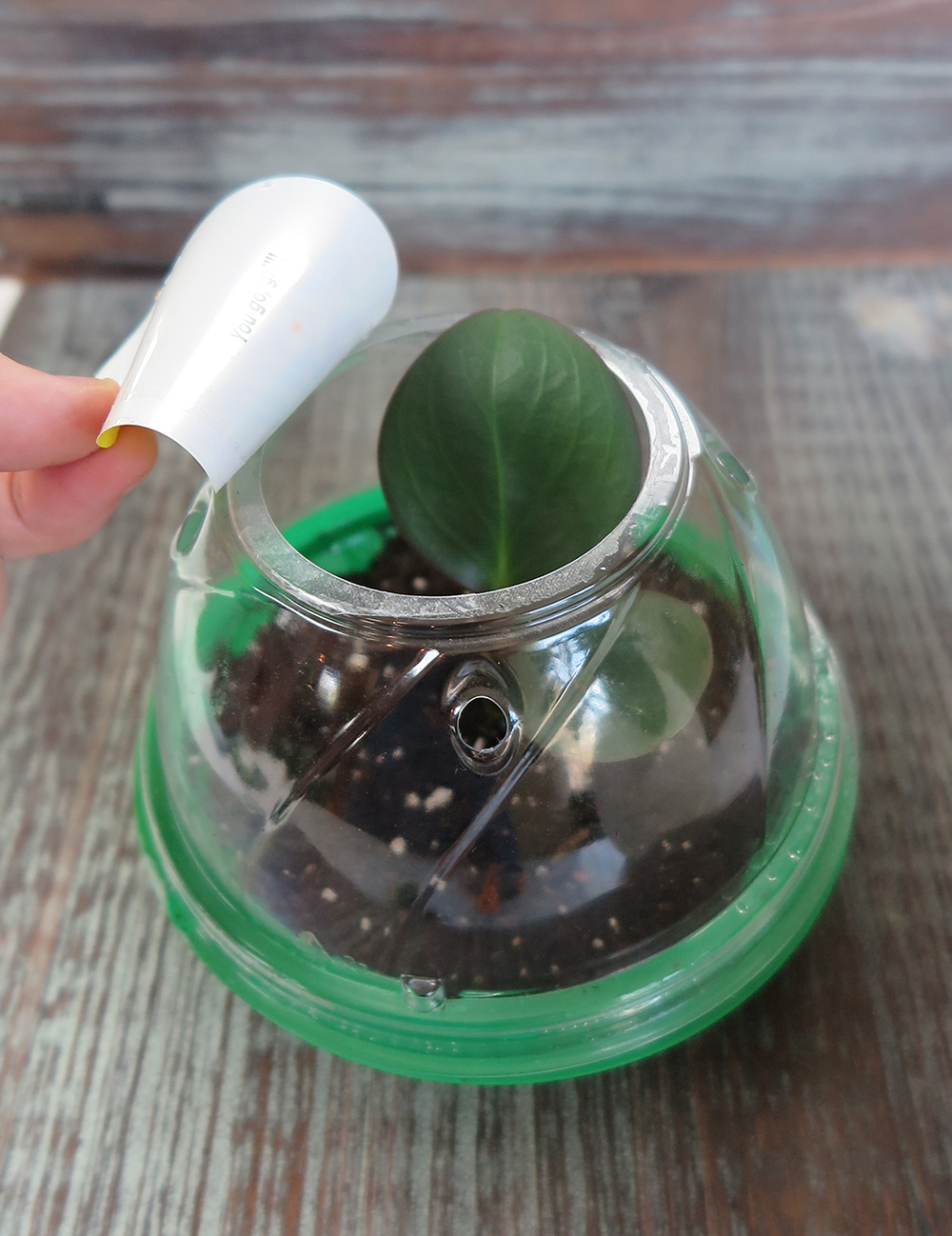Plant Parenting: Make Plant Clones From a Mother Plant
July 27, 2019
Many plants can generate new root tissue (adventitious roots) and new shoot tissue (adventitious shoots) from other parts of the plant such as a stem or leaf. Once the new roots and shoots form from the existing plant tissue, a new identical plant clone develops. The resulting new plant will identical to the mother plant from which you took the cutting.

I accidentally broke this piece of African violet crown away from the rest of the plant. I supported it in water and rerooted the crown, making a new clone of the mother plant.
PC: Leslie F. Halleck
Mother plants are so named simply because it provides the material to grow the new baby plants.
Learn more in my book PLANT PARENTING

